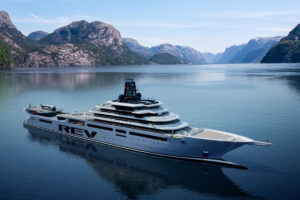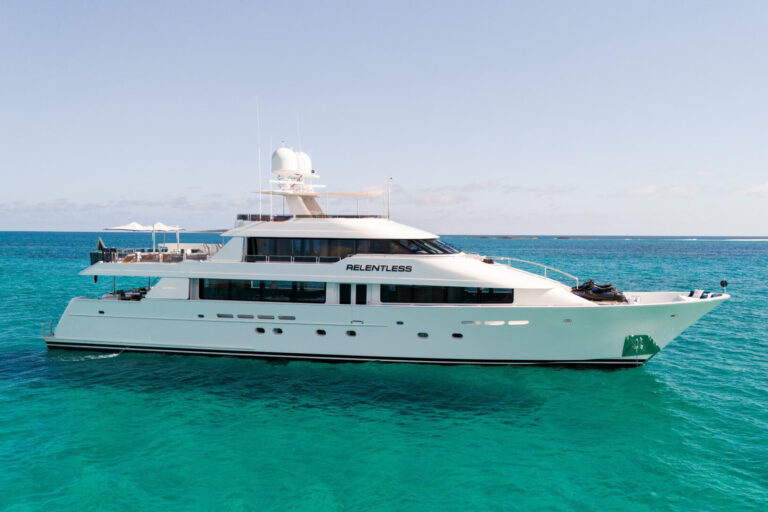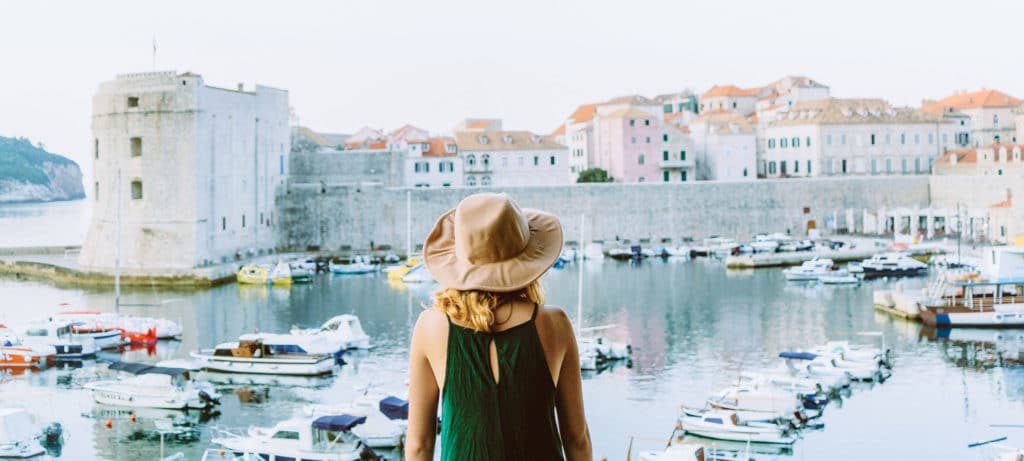
For Missy Johnston, the words that came to mind were authentic, honest and true.
She was in Croatia, visiting wineries during a yacht charter, when she arrived at the Dubokovic Winery on the island of Hvar. Its proprietors are members of a family that has passed down winemaking techniques for generations, offering tastings today much as they used to be in the old days.
“You go to the house and go down into the winery and taste the wine by candlelight,” says Johnston, who owns Northrop-Johnson Yacht Charters Newport. “These are far more serious and better wines than in Turkey or Greece. There, you try to get the best local wine that you can get. In Croatia, you’re getting good wine.”
Crewed yacht charter in Croatia has been growing in popularity for at least a decade, as the region recovered from the Bosnian War of the early 1990s. Today, everything from restaurants and wineries to port services and shipyards not only have recovered, but also are blossoming into higher-end operations. They allow for the kinds of experiences and services that crewed yacht charter clients worldwide have come to expect — along a coastline filled with historical architecture and untouched, natural beauty.
One of the companies that Johnston works with in the area, Summer Breeze, is launching no fewer than four Croatian-built yachts into its charter fleet this summer. The one that has everyone talking is Lady Gita, a 161-foot steel sailing yacht with an interior of darker wood and light, almost white fabrics — a departure from the taupe and tan decor that Croatian yacht owners have been emulating since the 122-foot Navilux launched in 2011 and became a charter success.
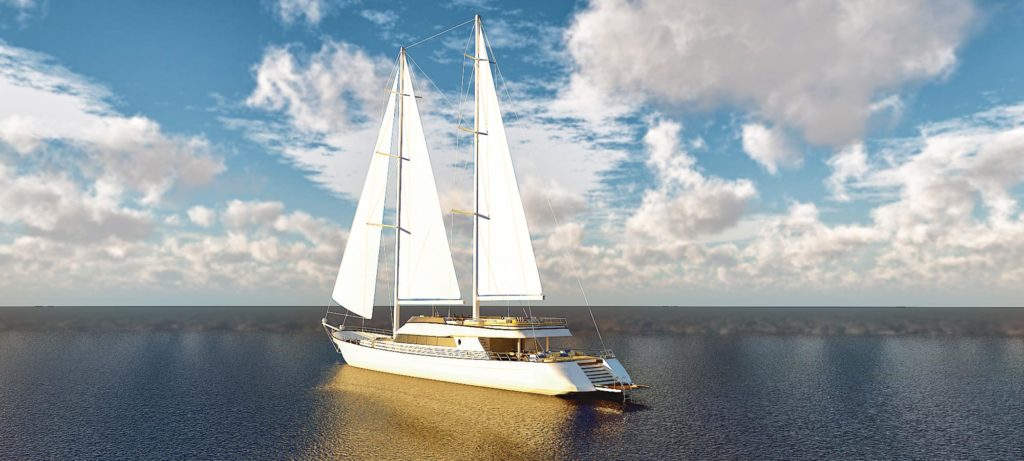
“Lady Gita is the first one that is doing something completely different,” says Helena Catipovic with Summer Breeze. “Her owner gave the interior work to a Serbian designer who never worked on interiors, and it’s a huge challenge, and he’s really doing wonderful work. Lady Gita has a really elegant look, really classy.”
Lady Gita is expected to charter in the region between Split and Dubrovnik, a location filled not only with historical architecture, but also with culinary experiences. In addition to the wineries, there are what the locals call shell farms, growing some of the finest oysters in the world, served alongside locally grown food that is cooked much the same way that it has been for centuries.
“The whole business of organic farm-to-table, sea-to-table, is a strong concept in Croatia,” Johnston says. “They have what they call homestead dining. Grandpop goes out and catches fresh fish that they grill over a wood fire, and all the food is done under the peka bell. It’s a big, cast-iron dome shape that goes down onto a stone slab. They build a fire early in the day on the stone slab, and once it all goes down to ashes and the stone is extremely hot, they put all the food in a little ring on top of the clean, hot stone, and they lower the peka bell down on a chain. They put all the hot ash on top of the peka bell, and that’s basically their version of a Dutch oven.”
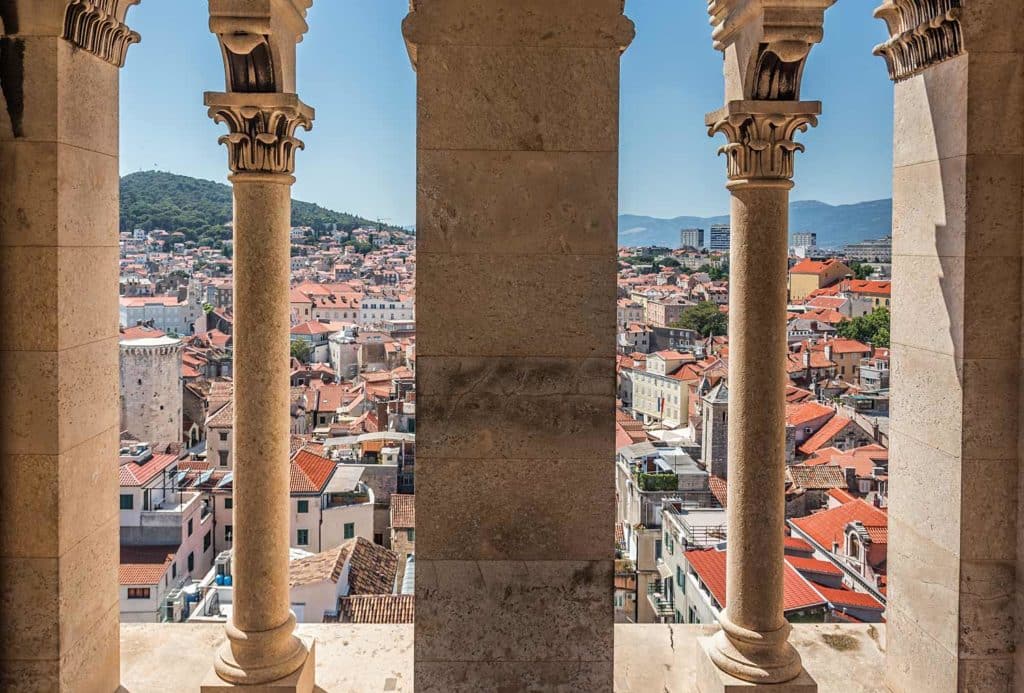
The Oysters of Mali Ston
The bay of Mali Ston is located on Croatia’s Pelješac peninsula, near Dubrovnik. Because the Neretva River regularly flushes fresh water into the bay, the overall water constitution is brackish — making it ideal for what the locals call shell farms. Oysters are the primary crop, with mussels in the mix as well; this area has been known to produce as many as 2 million oysters a year. The shell farming here goes back centuries. Remnants have been found of oyster farms dating to the Roman Empire.
Nature’s Recipe
What makes the oysters from Mali Ston among the world’s most sought after is the constitution of water in the bay. There is the original salt water, which mixes with mineral-heavy fresh river water and phytoplankton. The blend of nutrients is so distinct that oysters grown just a few miles away do not taste the same.
The Harvest
Oysters are grown on nets that are sunk into the bay. Oystermen pull up the nets by way of a line, put back the young oysters and harvest the mature ones. The process is done by hand, just as it has been for generations in this part of Croatia’s bountiful coastline.
Notes of Brine
Just as grapes grown closer to a river will produce a wine that tastes different from wine that comes from landlocked vines, oysters grown in different parts of the bay have different tastes after being harvested. Shell farmers whose areas are farther from the freshwater river produce oysters with a slightly saltier taste.
Eating Naked
It’s not you who should be naked (unless that’s how you choose to spend your charter time), but instead the oysters, based on local growers’ recommendations. Adding lemon, horseradish or other flavor profiles makes it harder to taste the natural, briny flavors.
The Plump Factor
Fresh oysters from Mali Ston look much plumper than the oysters typically served in restaurants around the world. The difference is dehydration. Oysters pulled straight from the water are still hydrated inside; during days or weeks of travel to restaurants, they dehydrate, leading to the commonly flattened shape.
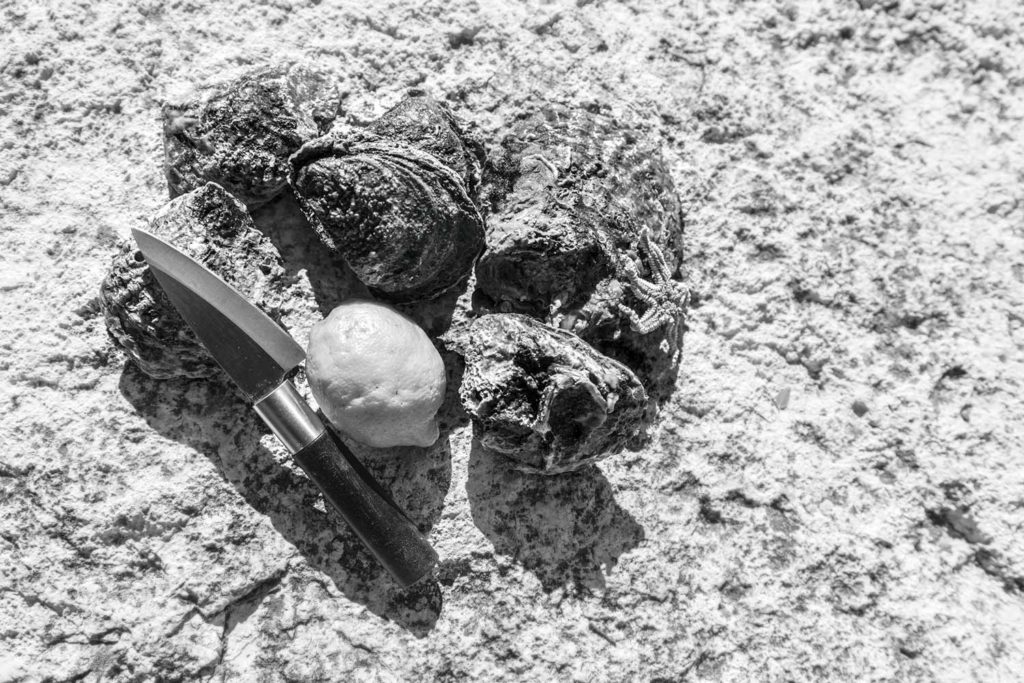
One of Johnston’s must-visit restaurants for charter clients is Bota Sare in Mali Ston, on a bay known for fantastic oysters.
“They use recipes from the grandmother, her Croatian dishes and sauces,” Johnston says. “They have their own shell farm, so everything they serve has been harvested that day. They have their own vegetable garden. They make their own bread in a wood-fired oven. They have their own olive trees and press their own olive oil. They have their own bees and make their own honey.”
The dining experience, she says, is much like a Croatia charter itself: “It couldn’t be more real, more truthful.”



